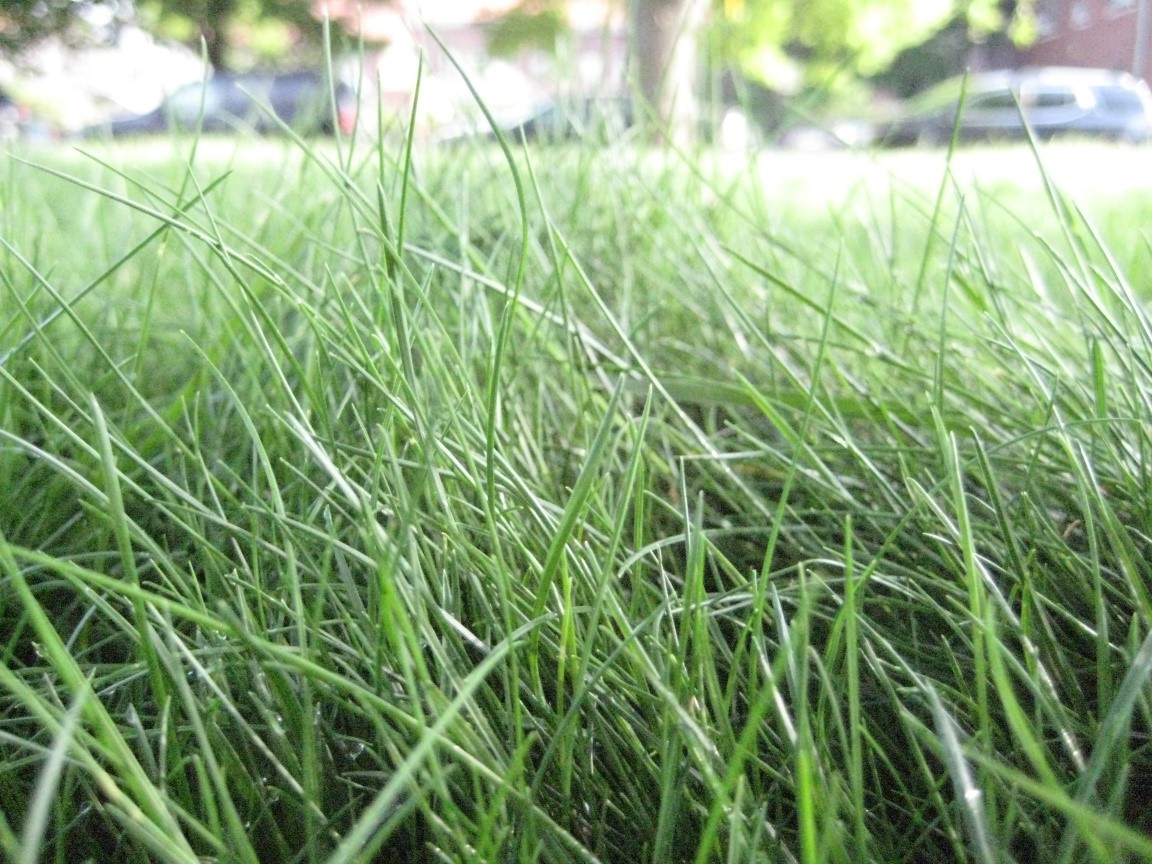By Ross Braun and Aaron Patton, Purdue University
One component of the multi-state USDA-SCRI fine fescue initiative was to create effective educational materials that cover the benefits of fine fescues and information learned in our first project as well as in the current projects with objectives that focus on overcoming establishment and management barriers relevant to different consumers and turf practitioners.
A team of scientists from multiple led by Purdue University have created six extension publications on the fine fescue taxa (strong creeping red fescue, slender creeping red fescue, Chewings fescue, hard fescue, and sheep fescue). These six publications with their descriptions below are free to download as PDF files (see links below). Enjoy!
Fine Fescues – Understanding the Differences
Aaron Patton, Ross Braun, Michael Barnes, Kristen Nelson, Maggie Reiter, Eric Watkins, Alec Kowalewski, Paul Koch, and James Murphy
Purdue University, University of Minnesota, Oregon State University, University of Wisconsin, and Rutgers University
Description
Five fine fescue taxa (strong creeping red fescue, slender creeping red fescue, Chewings fescue, hard fescue, and sheep fescue) are often grouped together and called "fine fescues." In Fine Fescues – Understanding the Differences, part of a series, experts from five universities explain the differences between these five fine fescue species and what makes each species unique.
Fine Fescues - Establishment of Fine Fescues
Aaron Patton and Ross Braun
Purdue University
Description
Two Purdue experts discuss recommended establishment practices of five fine fescue species/subspecies (strong creeping red fescue, slender creeping red fescue, Chewings fescue, hard fescue, and sheep fescue) that are often grouped together. The topics in Fine Fescues - Establishment of Fine Fescues include optimal seeding dates, seeding rates, establishment rates, fertilization rates during establishment, and sod establishment.
Fine Fescues – Management of Fine Fescues
Aaron Patton and Ross Braun
Purdue University
Description
In Fine Fescues – Management of Fine Fescues, part of a series, two Purdue experts address recommended management practices and differences among five fine fescue species: strong creeping red fescue, slender creeping red fescue, Chewings fescue, hard fescue, and sheep fescue.
Maintenance Calendar for Fine Fescue Lawns
Aaron Patton and Ross Braun
Purdue University
Description
Five fine fescue taxa (strong creeping red fescue, slender creeping red fescue, Chewings fescue, hard fescue, and sheep fescue) are often grouped together and called "fine fescues." In Maintenance Calendar for Fine Fescue Lawns, part of a series, two Purdue experts provide information on optimum time periods for various maintenance practices required to manage a fine fescue lawn.
Fine Fescues – Fine Fescues in Minimal to no-Mow Areas
Aaron Patton, Ross Braun, Maggie Reiter, Eric Watkins, Alec Kowalewski, Paul Koch, and James Murphy
Purdue University, University of Minnesota, Oregon State University, University of Wisconsin, and Rutgers University
Description
Some fine fescues are used in minimal-to-no-mow naturalized areas. The Fine Fescues – Fine Fescues in Minimal to no-Mow Areas publication, by experts at five universities, covers recommended establishment, management practices and subtle differences among five species/subspecies that can improve overall turfgrass quality and enhance sustainability.
Fine Fescues – Recommended Fine Fescue Cultivars for Indiana Turf
Aaron Patton and Ross Braun
Purdue University
Description
Which cultivar should you choose? The Fine Fescues – Recommended Fine Fescue Cultivars for Indiana Turf publication, by two Purdue experts, looks at five fine fescue cultivars that have been evaluated for four or more years in Indiana or neighboring states.
